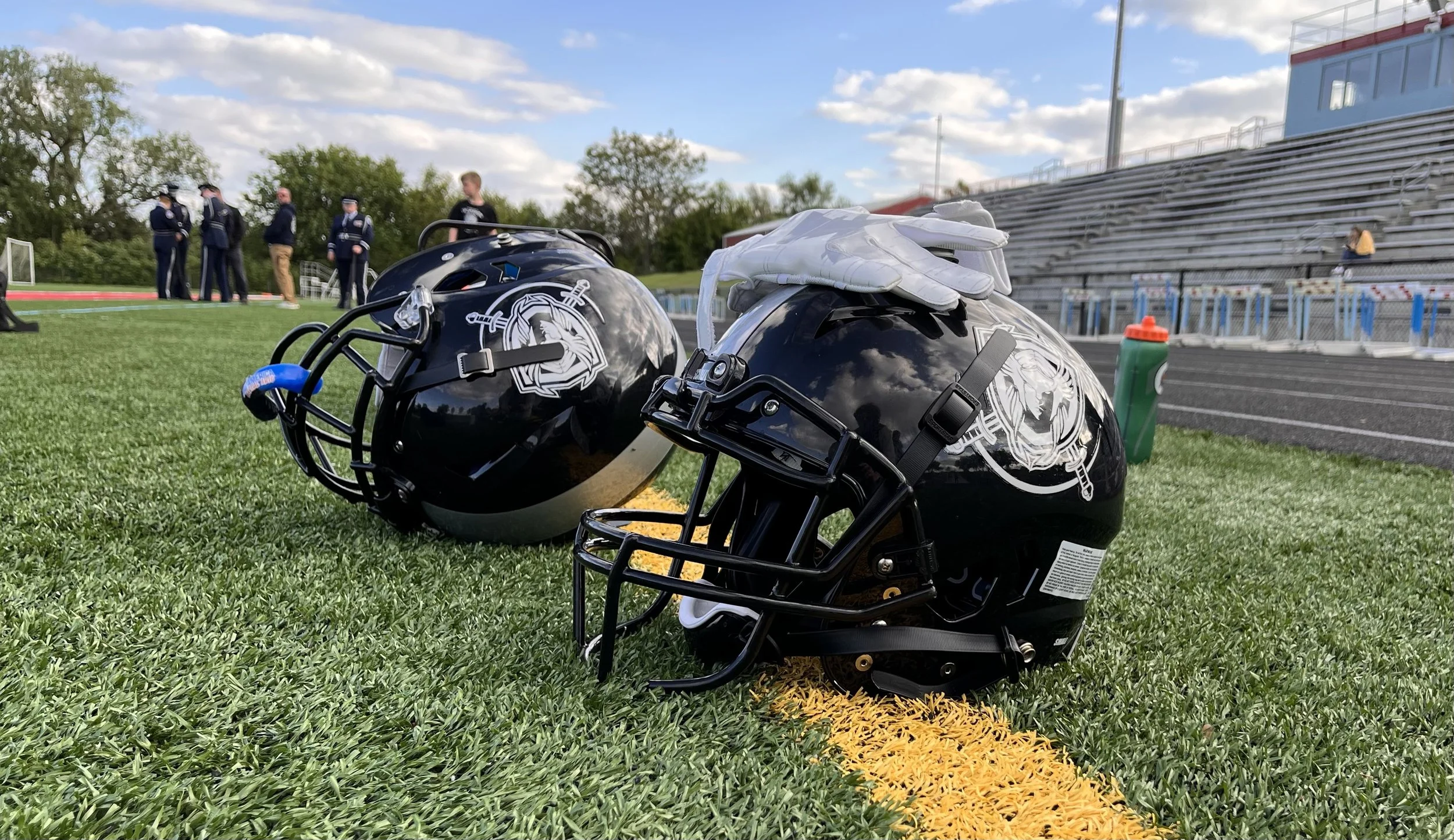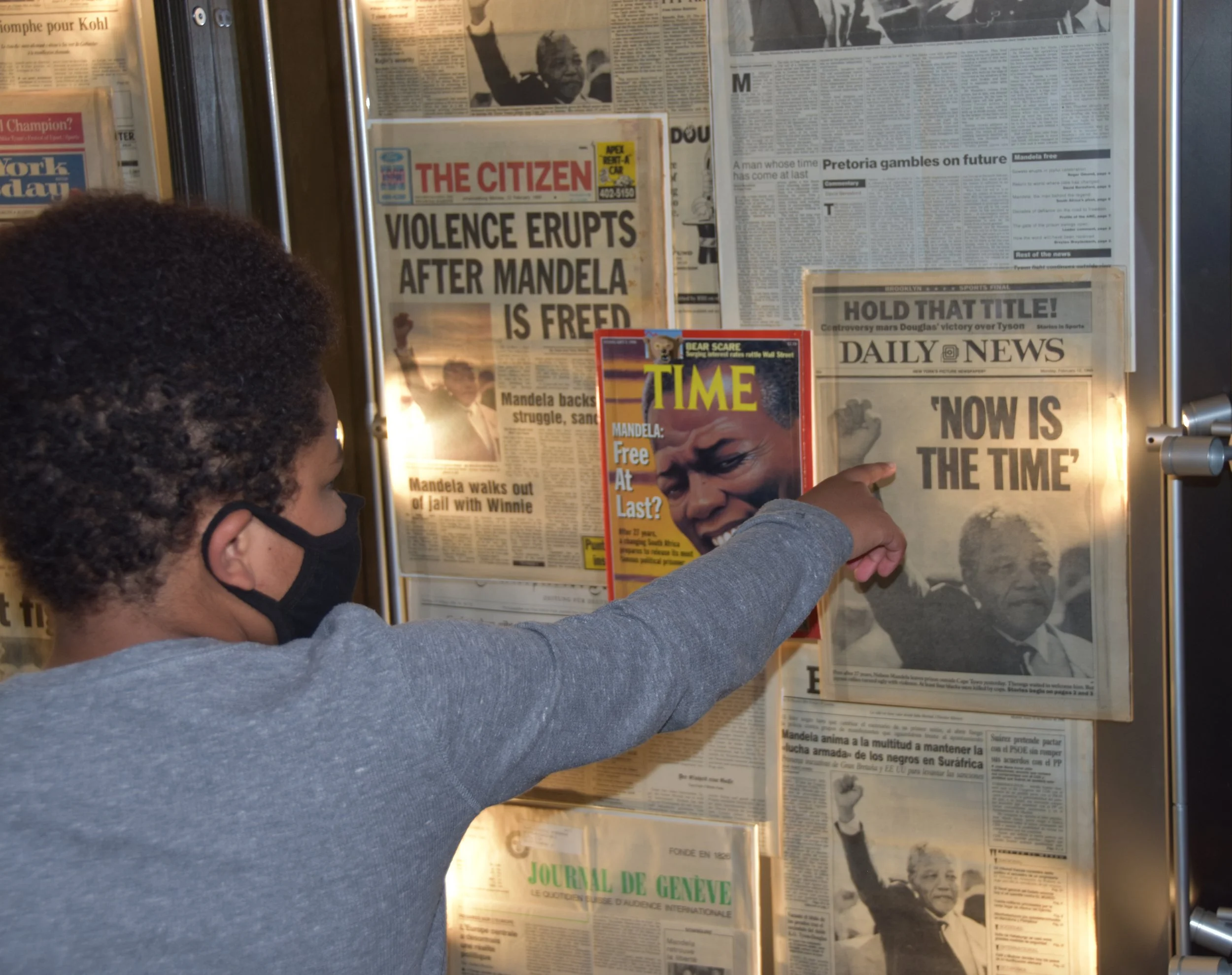Common Senses Festival and KANEKO Highlight Works by Autistic Artists this April
Interactive sculpture in the exhibit, “Social Sensory Structures .” Photo credit: Lyndsay Dunn NOISE
By Jonathan Orozco
Autism Action Partnership and KANEKO collaborated to present the “Common Senses Festival,” to explore the human senses through interactive installations, live performances, and more, with many events and programs across Omaha happening throughout the summer.
The many works at KANEKO are a reminder that not everybody experiences the world in the same way. Though this exhibition is catered to the autism community in particular, neurotypical people are just as welcome to engage and experience these works.
Justin Dougherty, president of Autism Auction Partnership says, “We are all similar and we are all unique, and the idea is to appreciate your own senses,” and that “within KANEKO, we have a number of spaces to consider your own senses, and make the tie that others have different needs.”
As you can glean from the title, “Common Senses” strives to provide a wide sensorial experience not often offered in art galleries. More often than not, institutions only engage a visitor’s sight, as opposed to touch, sound, taste, or smell. Even if an artist is cognizant of these oversights, how an artwork or installation is presented may not be friendly with sensory sensitivity.
The University of Nebraska Omaha, for example, has presented multiple exhibitions under the title “Sensory: Please Touch the Art,” as part of “the national movement to increase accessibility in museums, galleries, and classrooms.”
Celebrating Neurodiversity
Artwork made by neurodivergent artists at Angel Guardians Inc.
The “Common Senses Festival” at KANEKO exists in five parts, all with different immersive qualities. They are titled: “A Worm’s Eye View,” “The Living Room,” “Cardio Chairs,” “Social Sensory Structures” and the “Chill Zone.”
Cinematographer Adam Larsen developed “A Worm’s Eye View,” which is composed of a tall, round theater with a 360 degree nature film projection. At the center of this space are bean-bag chairs to sit and view the film in whatever direction you’d like. After 22 minutes, the film loops and starts over again.
Departing from the common saying “A Bird’s Eye View,” the film instead presents a totally different perspective which is often not considered. Rather than a macroscopic view, visitors see a detailed view of grass, rain, and the sky. Following the purpose of the exhibition, it forces neurotypical visitors to consider a different– but just as valid– interpretation of life.
In the same room as “A Bird’s Eye View,” is a video called “Common Voices.” Also directed by Larsen, this work is constructed with four monitors. We see people speaking, but with some slight distortion in the video. You are encouraged to step within a circle right under a speaker to listen to the audio. The people in the film are self advocates of autism.
The “Living Room” exhibit. Photo credit: Lyndsay Dunn NOISE
This is also a participatory installation, where visitors are invited to submit their own video detailing their own experiences with autism. On this, Dougherty says the artwork “allows the autism community to tell their own story.”
The “Living Room” is exactly what you would expect, a contemporary living room designed by James Coleman and Dr. Matthew Goodwin, but as a guest, you’re able to control the environment by adjusting the intensity of the light and projections in the room on a tablet. In this work, you’re encouraged to play around to find what different environments make you feel different emotions.
In the next room are “Cardio Chairs,” also developed by Coleman and Goodwin, which exist more for research than comfort. Once you sit down on the chairs, you can place your hands on hand-shaped sensors. These sensors pick up on your heart rate, and change the color of the chair depending on your level of calmness or anxiety, from red, yellow, to blue. They’re prototypes that could help individuals who cannot communicate verbally, do so through their heart rate.
The final room is highly immersive, and allows you to play around in sculptures called “Social Sensory Structures.” Dougherty states they’re “kind of a playground where individuals can engage in sensory fabrics. Visually, it’s appealing. They can climb through it like a playground.”
Cardio CHairs
A prototype chair make to aid in communication through light and color.
Developed by Sean Alquist, Associate Professor of Architecture at the University of Michigan, the three “Social Sensory Architecture” playscapes on display invite you to climb in, build, and toy around with the work. Some even have projections that react based on your touch.
The show winds down in the “Chill Room,” a space for people to decompress in the building without having to leave the exhibition. It’s evidence of the effort the Autism Auction Partnership put forth to make KANEKO, and art spaces in general, more inclusive.
Of course, the works on display are closer to social practice rather than art, but they are essential for neurotypical curators and art professionals to experience so that they can understand how they may not thoroughly think through inclusivity in their institutions. If nothing else, it’s a kid-friendly exhibition that’s easy to navigate through.
The Common Senses Festival has installations or events in April and beyond at Millwork Commons, the Holland Performing Arts Recital Hall, Omaha Community Playhouse, Creighton University Harper Center, Hoff Family Arts & Culture Center, and the Scottish Rite Masonic Hall.

















